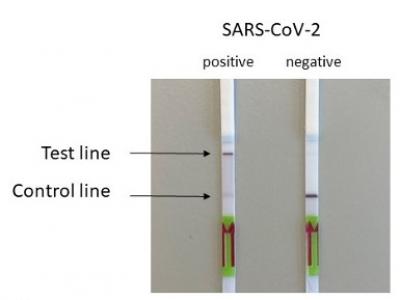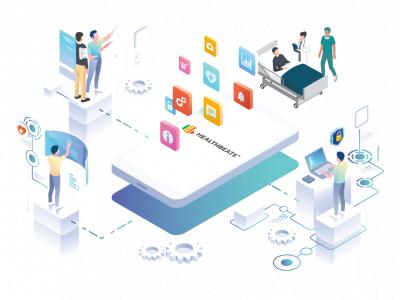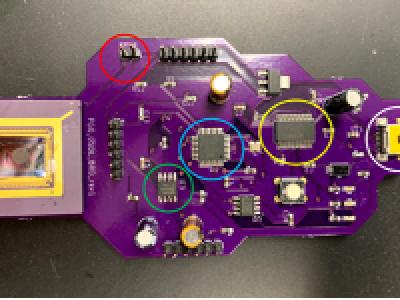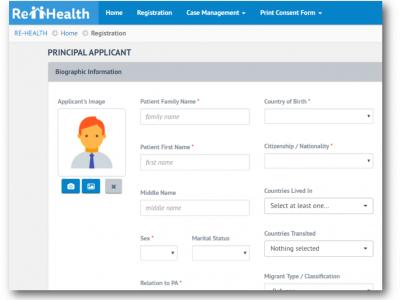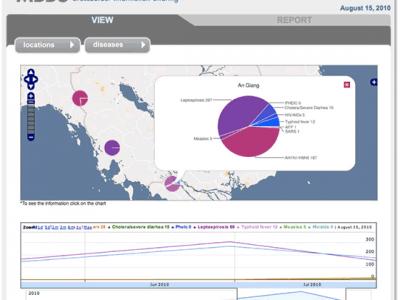Contact
Provider(s):
In STAMINA project, we have developed novel genetic markers allowing the fast detection of viral nucleic acids of Measles and WNV in human samples and SARS-Cov-2 in environmental samples in real time LAMP based assay. Real-time colorimetric LAMP (qcLAMP) primers allow the rapid detection of the viruses while in most cases showing higher sensitivity compared to the standard real-time PCR.
- Measles is a highly contagious (nine out of ten people who are not immune and share living space with an infected person will be infected) airborne infectious disease, which spreads easily from one person to the next through the coughs and sneezes of infected people, or through direct contact with mouth or nasal secretions. It is extremely contagious. Furthermore, measles's reproductive number estimates vary beyond the frequently cited range of 12 to 18.
- West Nile virus (WNV) is most commonly spread to people by the bite of an infected mosquito. Cases of WNV occur during mosquito season, which starts in the summer and continues through fall. There are no vaccines to prevent or medications to treat WNV in people. Fortunately, most people infected with WNV do not feel sick. About 1 in 5 people who are infected develop a fever and other symptoms. About 1 out of 150 infected people develop a serious, sometimes fatal, illness.
- SARS‑CoV‑2 is a virus of the species severe acute respiratory syndrome–related coronavirus (SARSr-CoV). Epidemiological studies estimate that each infection results in an average of 2.39 to 3.44 new ones when no members of the community are immune and no preventive measures are taken. The virus primarily spreads between people through close contact and via aerosols and respiratory droplets that are exhaled when talking, breathing, or otherwise exhaling, as well as those produced from coughs or sneezes.
These markers were used in conjuction with the "Pebble" (illustrated below) device, developed by BIOPIX-T. Pebble is a palm-sized point-of-care device colorimetric LAMP (qcLAMP) device that can be used to rapidly extract quantitative information at a wide dynamic range of RNA or DNA template. Detection can occur from purified nucleic acids or directly from crude samples (swabs, saliva and biopsy tissue).
Supported Use Cases
RT-LAMP based early warning and spread monitoring for viral diseases
RT-LAMP based rapid diagnostic for viral diseases
 |
Portfolio of Solutions web site has been initially developed in the scope of DRIVER+ project. Today, the service is managed by AIT Austrian Institute of Technology GmbH., for the benefit of the European Crisis Management. PoS is endorsed and supported by the Disaster Competence Network Austria (DCNA) as well as by the STAMINA and TeamAware H2020 projects. |

